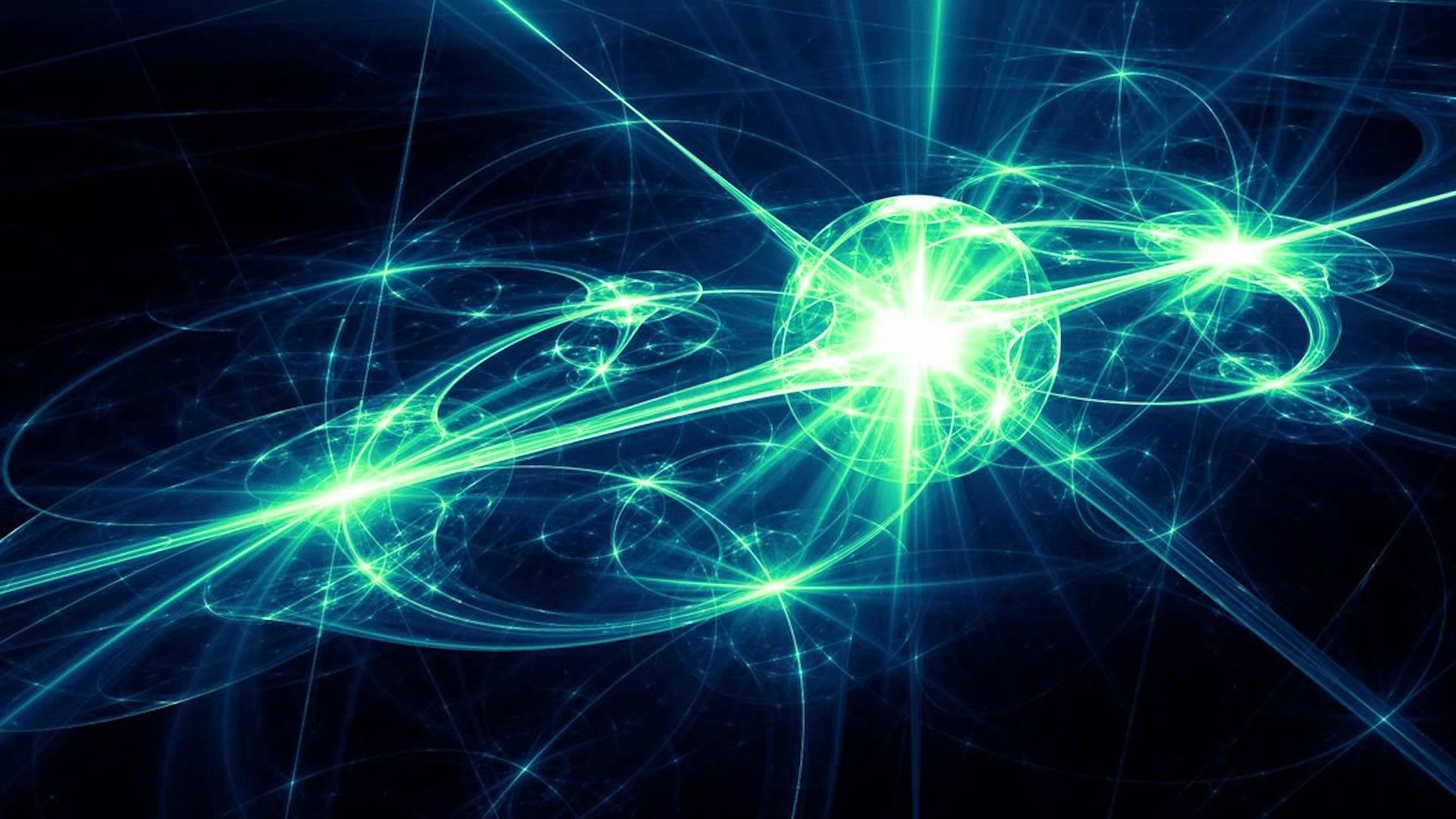연구에 따르면 모자이크 요금은 환경 및 지속 가능한 개발 계획의 직접적인 결과입니다.
접촉 대전(CE)은 약 18세기까지 인류 최초이자 유일한 전기 공급원이었지만 그 진정한 본질은 여전히 미스터리로 남아 있습니다. 오늘날 레이저 프린터, LCD 생산 공정, 정전기 코팅, 재활용을 위한 플라스틱 분리 등과 같은 기술의 중요한 구성 요소이자 심각한 산업 위험(전자 시스템 손상, 탄광 폭발, 화학 공장의 화재) CE에 수반되는 정전기 방전(ESD)으로 인한 것입니다. 2008년 연구는 성질 나는 진공 상태에서 단순한 덕트 테이프의 ESD가 너무 강해서 손가락의 X선 이미지를 찍기에 충분한 X선을 생성한다는 것을 발견했습니다.
오랫동안 두 개의 접촉/슬라이드 재료가 반대 방향으로 균일한 방향으로 전하를 띠는 것으로 믿어졌습니다. 그러나 CE 이후, 두 별도의 표면이 (+) 및 (-) 전하를 모두 운반한다는 것이 발견되었습니다. 소위 전하 모자이크의 형성은 접촉하는 재료의 고유한 이질성 또는 CE의 일반적인 “무작위 특성”의 경험에 기인합니다.
Bartosz A. 교수가 이끄는 연구팀 기초 과학 연구소(IBS) 내 연성 및 생활 재료 센터의 Grzybowski(화학과) 울산과학기술원(UNIST) 그는 10년 이상 동안 모자이크 선적의 가능한 출처를 조사했습니다. 이 연구는 잠재적으로 유해한 정전기 방전을 제어하는 데 도움이 될 것으로 예상되며 최근 저널에 게재되었습니다.

Figure 1. Charge mosaics on contact-charged dielectrics. (a) In a conventional view, two electrically neutral materials (grey) are brought into contact and then separated charge uniformly (lower left), one positive (red) and one negative (blue). In an alternative scenario (lower right), each surface develops a highly non-uniform ‘charge mosaic’ with neighboring domains of opposite charge polarities. (b) Collage of charge mosaics reported in the literature (the years and scale bars are indicated). Credit: UNIST
In the paper published recently in Nature Physics, the group of Professor Grzybowski shows that charge mosaics are a direct consequence of ESD. The experiments demonstrate that between delaminating materials the sequences of “sparks” are created and they are responsible for forming the (+/-) charge distributions that are symmetrical on both materials.
“You might think that a discharge can only bring charges to zero, but it actually can locally invert them. It is connected with the fact that it is much easier to ignite the ‘spark’ than to extinguish it,” says Dr. Yaroslav Sobolev, the lead author of the paper. “Even when the charges are reduced to zero, the spark keeps going powered by the field of adjacent regions untouched by this spark.”
The proposed theory explains why charge mosaics were seen on many different materials, including sheets of paper, rubbing balloons, steel balls rolling on Teflon surfaces, or polymers detached from the same or other polymers. It also hints at the origin of the crackling noise when you peel off a sticky tape – it might be a manifestation of the plasma discharges plucking the tape like a guitar string. Presented research should help control the potentially harmful electrostatic discharges and bring us closer to a true understanding of the nature of contact electrification, noted the research team.
References: “Charge mosaics on contact-electrified dielectrics result from polarity-inverting discharges” by Yaroslav I. Sobolev, Witold Adamkiewicz, Marta Siek and Bartosz A. Grzybowski, 8 September 2022, Nature Physics.
DOI: 10.1038/s41567-022-01714-9
“Correlation between nanosecond X-ray flashes and stick-slip friction in peeling tape” by Carlos G. Camara, Juan V. Escobar, Jonathan R. Hird and Seth J. Putterman, 23 October 2008, Nature.
DOI: 10.1038/nature07378
“The mosaic of surface charge in contact electrification” by H. T. Baytekin, A. Z. Patashinski, M. Branicki, B. Baytekin, S. Soh and B. A. Grzybowski, 23 June 2011, Science.
DOI: 10.1126/science.1201512

“경순은 통찰력 있고 사악한 사상가로, 다양한 음악 장르에 깊은 지식을 가지고 있습니다. 힙스터 문화와 자연스럽게 어우러지는 그의 스타일은 독특합니다. 그는 베이컨을 좋아하며, 인터넷 세계에서도 활발한 활동을 보여줍니다. 그의 내성적인 성격은 그의 글에서도 잘 드러납니다.”

